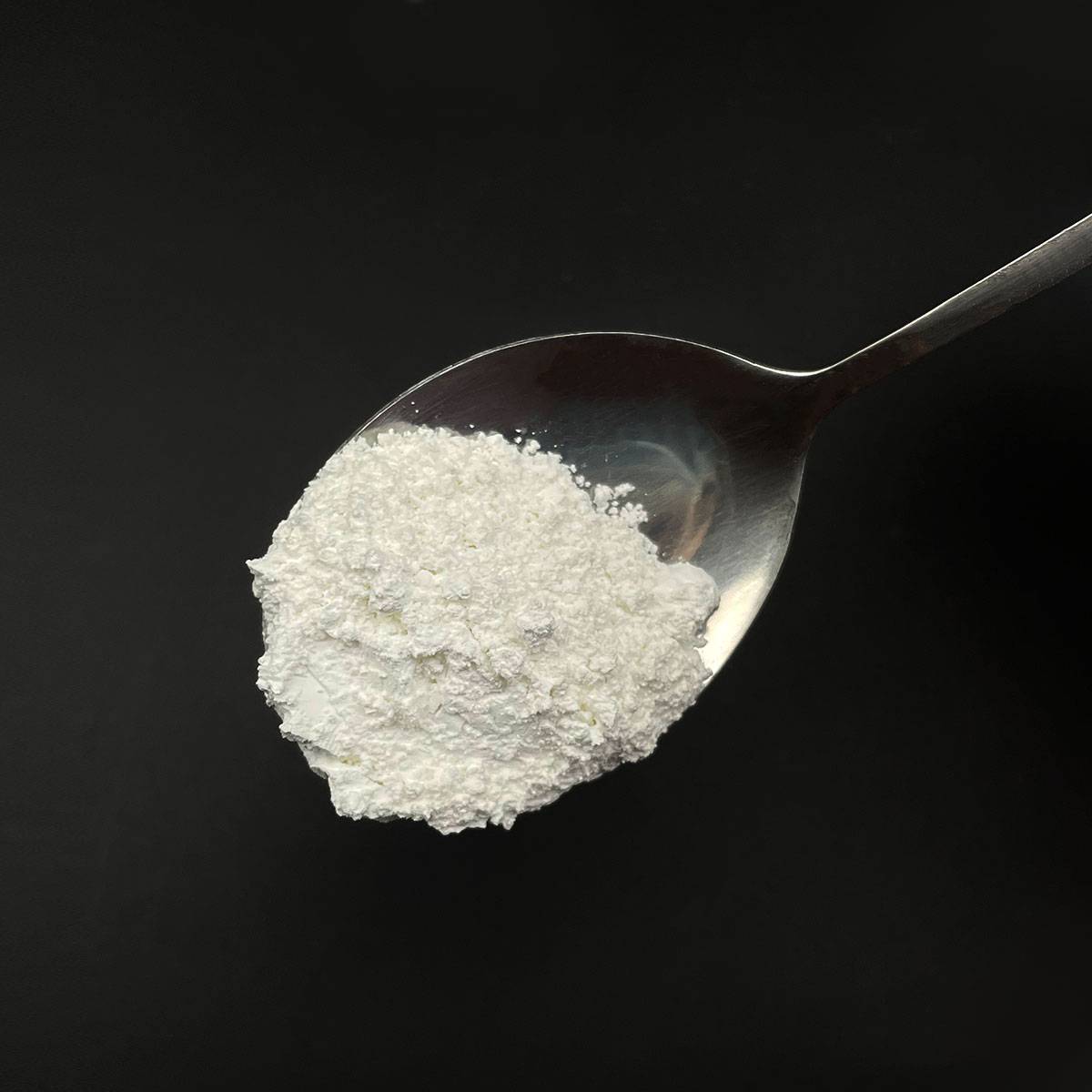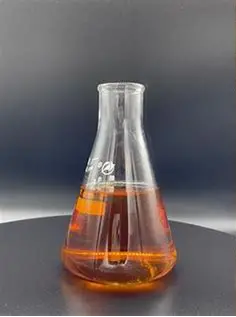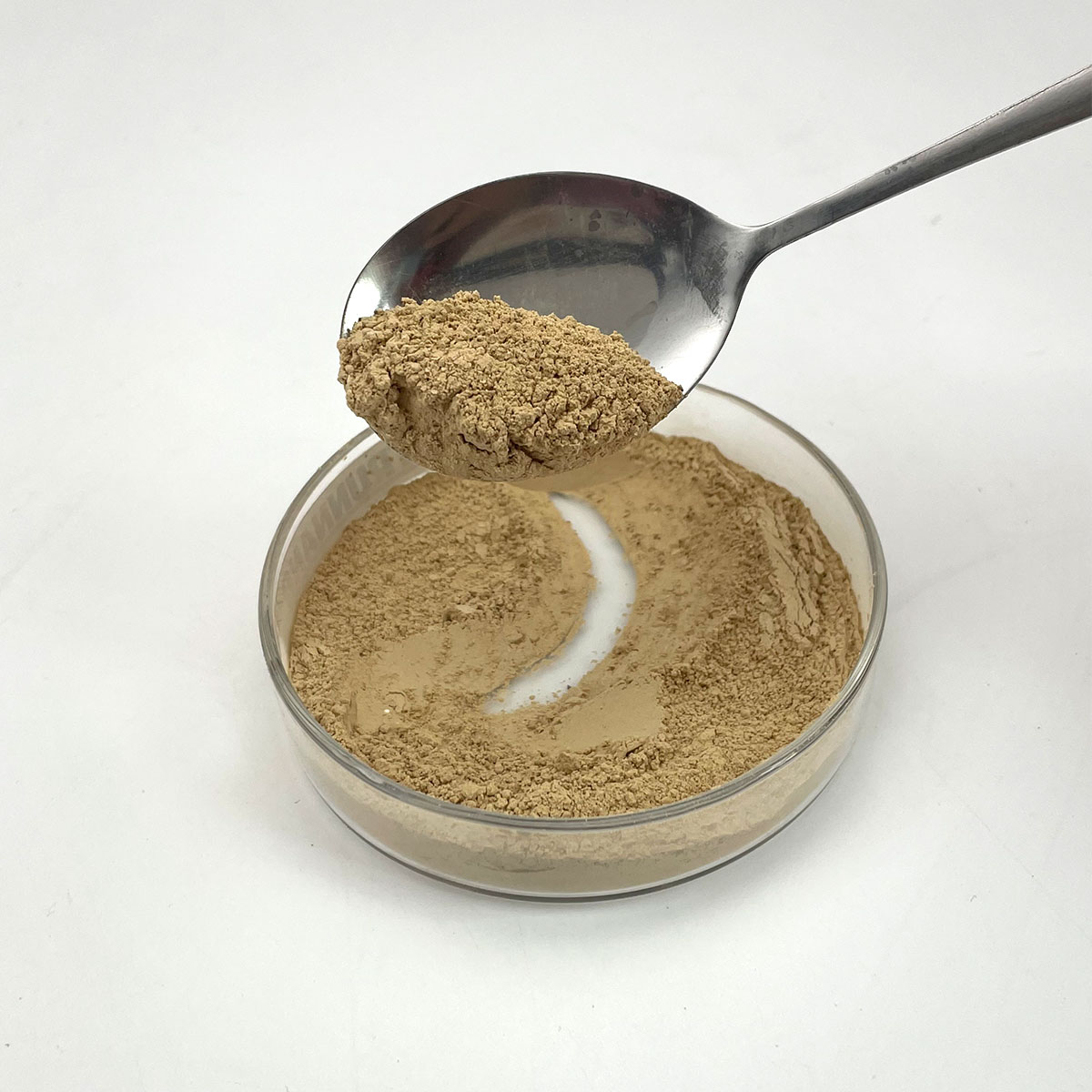1. Introduction
In the past 48 hours, the European Chemicals Agency (ECHA) has initiated a new public consultation on the environmental impact of common anionic surfactants, including sodium lauryl sulfate (SLS), amid growing consumer demand for sustainable and skin-friendly formulations. This renewed scrutiny underscores the importance of understanding what SLS is, how it functions, and how it compares to alternatives in today’s market.

Sodium lauryl sulfate—also known as sodium dodecyl sulfate (SDS)—is one of the most prevalent surfactants in consumer products. From shampoos and toothpastes to industrial cleaners and herbicide adjuvants, its ability to reduce surface tension and create foam makes it indispensable. But with increasing awareness of skin sensitivities and ecological concerns, questions about its safety and sustainability are more relevant than ever.
2. What Is a Surfactant?
The meaning of surfactant lies in its name: surface-active agent. Surfactants are compounds that lower the surface tension between two substances—such as oil and water—enabling them to mix. This property is crucial in cleaning, emulsifying, foaming, and wetting applications.
Surfactants are classified into four main types based on their ionic charge: anionic, cationic, non-ionic, and amphoteric. Anionic surfactants like sodium lauryl sulfate carry a negative charge and are known for strong cleansing and foaming abilities. Cationic surfactants (e.g., cetyl trimethyl ammonium bromide or CTAB) are positively charged and often used as antimicrobials or conditioners. Non-ionic surfactants like polysorbate 80 or ethoxylated alcohols lack charge and are milder, commonly used in food and pharmaceuticals. Amphoteric surfactants such as cocamidopropyl betaine (also called coco betaine or amidopropyl betaine) can carry both positive and negative charges depending on pH, offering gentle cleansing with foam-boosting properties.
3. Sodium Lauryl Sulfate: Chemistry and Properties
Sodium lauryl sulfate (SLS), chemically known as sodium dodecyl sulfate, is derived from lauryl alcohol (dodecyl alcohol), typically sourced from coconut or palm kernel oil. Its molecular structure features a 12-carbon hydrophobic tail and a hydrophilic sulfate head, making it a powerful anionic surfactant.

Often confused with sodium laureth sulfate (SLES)—also called sodium lauryl ether sulfate or sodium lauryl ether sulphate—SLS is not ethoxylated, whereas SLES is produced by ethoxylation of lauryl alcohol followed by sulfation. This distinction matters: SLES is generally milder than SLS due to the ethoxylated chain, which reduces skin irritation potential. Note that ‘sls sodium lauryl sulfate’ and ‘sls sodium’ are common misnomers; SLS and SLES are distinct compounds, though both fall under the broader ‘sulfate’ category (e.g., laureth sulphate, sulphate laureth sulfate).
4. Applications of Sodium Lauryl Sulfate
Sodium lauryl sulfate for sale is widely used across industries due to its cost-effectiveness and performance. In personal care, it appears in toothpaste, facial cleansers, and shampoos—though many brands now replace it with gentler options like sodium cocoyl isethionate, sodium lauroyl sarcosinate, or decyl glucoside.
In agriculture, SLS serves as a surfactant for herbicides and a lawn wetting agent, improving the spread and absorption of active ingredients. It functions similarly as a wetting agent for grass, helping water penetrate hydrophobic soils. Other surfactants used in this context include lignin sulfonate and methylated seed oil.
Industrial applications include detergents, emulsion polymerization, and even laboratory uses (e.g., SDS-PAGE in protein analysis). It is also found alongside other anionic surfactants like sodium dodecylbenzene sulfonate and ammonium lauryl sulfate (also known as ammonium dodecyl sulfate or ammonium lauryl sulphate).

5. Safety, Controversies, and Alternatives
While SLS is approved for use by regulatory bodies like the FDA and EU Cosmetics Regulation, it is known to cause skin and eye irritation at high concentrations. This has driven demand for milder alternatives. Amphoteric surfactants like cocamidopropyl (or cocamido) betaine are frequently paired with SLS to reduce irritation.
Bio surfactants—such as alkyl polyglucoside, coco glucoside, and sodium coco sulfate (sometimes labeled as coco sodium sulfate)—are gaining traction due to their biodegradability and low toxicity. Other emerging options include sodium lauroyl methyl isethionate, sodium cocoyl glutamate, and lauroyl sarcosinate.
Non-ionic surfactants like Span80 (sorbitan monooleate), Pluronic 127 (poloxamer 127), and Poloxamer 188 are also used in sensitive formulations. Fluoro surfactants and sodium deoxycholate serve niche roles in specialty applications.
6. Global Market and Key Players
The global surfactant market includes major chemical manufacturers such as Rohit Surfactants Private Limited, which supplies SLS and related compounds to personal care and agrochemical sectors. Sodium lauryl sulfate remains a high-volume commodity, though formulators increasingly blend it with co-surfactants like sodium laureth or nonionic surfactant systems to balance performance and mildness.
7. Conclusion
Sodium lauryl sulfate is a foundational anionic surfactant with unmatched foaming and cleansing power, but its irritancy profile has spurred innovation in milder, sustainable alternatives. Understanding its role alongside other surfactants—whether anionic, cationic, non-ionic, or amphoteric—enables smarter formulation choices across cosmetics, agriculture, and industrial cleaning. As regulations evolve and consumer preferences shift, the surfactant landscape will continue to prioritize efficacy, safety, and environmental responsibility.
Our Website founded on October 17, 2012, is a high-tech enterprise committed to the research and development, production, processing, sales and technical services of ceramic relative materials such as What. Our products includes but not limited to Boron Carbide Ceramic Products, Boron Nitride Ceramic Products, Silicon Carbide Ceramic Products, Silicon Nitride Ceramic Products, Zirconium Dioxide Ceramic Products, etc. If you are interested, please feel free to contact us.


